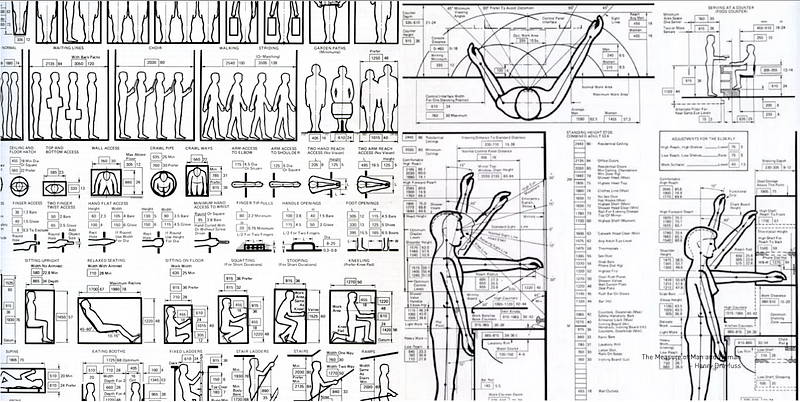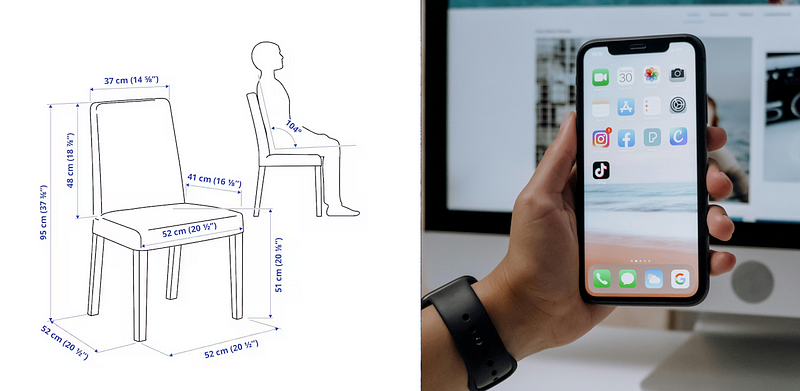
“Empowerment” — GenAI assisted Artwork by the Author, available at the Space Therapy Shop
“Ecological awareness forces us to think and feel at multiple scales, scales that disorient normative concepts such as ‘present’, ‘life’, ‘human’, ‘nature’, ‘thing’, ‘thought’ and ‘logic’.”
A while back, I read an amazing book called Dark Ecology by Timothy Morton, an English professor and advocate for object-oriented-ontology philosophical thought. He presents a challenge to think at “Earth’s Magnitude,” a planetary scale, that blew my mind wide open. The core premise of Morton’s book is to pursue a logic of future coexistence as the human impact on the planet is as massive as entire ecosystems on Earth. This pursuit of understanding the planetary scale of human effect is a golden thread throughout my research and sense-making journey to navigate our techno-sapien condition and one of the primary influences on my shift from being an architect to a product owner.
In that spirit, I found it curious that humanity, now at a planetary scale, can only operate at that size by technology functioning at the same global scale. Globalization has advanced our economies, geopolitics, and social networks, but all for humans with paleo-lithic brains not psychologically ready to operate at that scale. So how can we ensure the future implications of technology enhance rather than harm us? The first step is understanding technology at a human scale, which is to grasp what it means for products to be scaled to us and how we might categorize “humanness” in digital products.
You can also learn more in my recent Dialexa circuit talk, Technology at Human Scale: AI, Empathy, and Technosapiens.
The Short Fuse (TLDR)
The Problem
People, especially Generation Z, are more overwhelmed, insecure, and lonely than ever, but why? A systemic reason is the pervasive scale of our digital media feed sustaining our always-on culture. Our digital tools are not properly scaled to us in the traditional method of sizing products to our physical dimensions because digital products are more cognitive than physical. This is causing a distortion in our paleo-lithic brains about our activity, proximity, and engagement with others at a scale we cannot comprehend.
The Impact
In 2024, it’s estimated to be closer to 79 GB daily; that’s 142 decent-sized books a day! Technology at the human scale is understanding our virtual interactions' global reach along with the behavioral ripple effect across 5.7 billion people online and how to identify what interactions are more harmful than helpful. Proximity to digital content is the biggest culprit, as it disguises itself as a benefit, but at scale, it allows a lot of destruction into our lives without warning, demanding strong mental vigilance on the individual's part.
The Takeaway
It’s challenging to think about this stuff with nuance at a global scale, but that is exactly my mission. In my final thought, I offer some solid takeaways when considering Technology At a Human Scale. Without classifications and design guides like the Measure of Man or even a finite range of common boundaries to work within, we are optimizing our digital products to extract from ourselves rather than improve ourselves. Systems thinking methods help unpack the complexity of our networks, and the SHAPE Map is a great way to track how these elements interact and influence one another.
So, what is human scale?
“The ‘designers’ role will be to support the social conscience of the product. Because the product is no longer the product, it’s now the people.”

Schematic Measurements from “The Measure of Man and Woman” by Henry Dreyfuss
Let’s start with the basics. In design, the concept of human scale ensures that our physical spaces cater to our natural dimensions and capabilities.
We use typical dimensions like those in The Measure of Man and Woman by Henry Dreyfuss, which catalogs some of the typical measurements we’ve classified and used repeatedly. Human Scale guides the physical size, shape, and orientation of a tool, building, or product that aligns its features to an individual’s body and optimizes their capabilities.
Next time you’re in IKEA, review the options in the chair section. They have slight variations, but they are all relative within a range. You can find the one that fits your body type 9 times out of 10. Ergonomics is the practice of doing this very thing, and it helps ensure the individual can leverage what we design.

The ergonomic measurement and human scale of physical objects we interact with compared to our digital experience, sources: IKEA.com, pexels.com
But, in the digital realm, we have very few physical dimensions to leverage for the user. They’re not typically designed to care for these human features because our digital parameters are now more cognitive. In fact, we’ve focused so much energy on a limited number of interface strategies around our eyes and fingertips that we’re now masters at exploiting human attention rather than providing benefits. The UX might be gorgeous and function well, but the cognitive effects are typically unknown.
With content barreling at us non-stop 24/7, our tools for accessing this content are focused mostly on removing the barriers so you connect more seamlessly and for longer periods of time. You might be thinking, “Well, yes. What’s the problem?”
Well, many of us now find ourselves overwhelmed, constantly distracted, often struggling to differentiate the urgent from the important, the essential from the trivial, the opinion from the fact. Experts like Jonathan Haidt and Scott Galloway present overwhelming evidence about teens and young people. Something closer to home is that little tweet that pops up while you’re working and pulls your attention away to see the headline hundreds, if not thousands, of times a day. This disconnect from sizing products to the human dimension of operation leads to a loss of scale between you and the world you’re engaging in — it’s a distortion in our perception of activity, proximity, and engagement. It’s shifting how we think and what we value, which is foundational to our techno-sapien condition.
So, what is Technology at Human Scale?
“Science and technology have saved billions of lives, improved the well-being of many more, and bound up the planet in a slowly anastomosing unity.”

